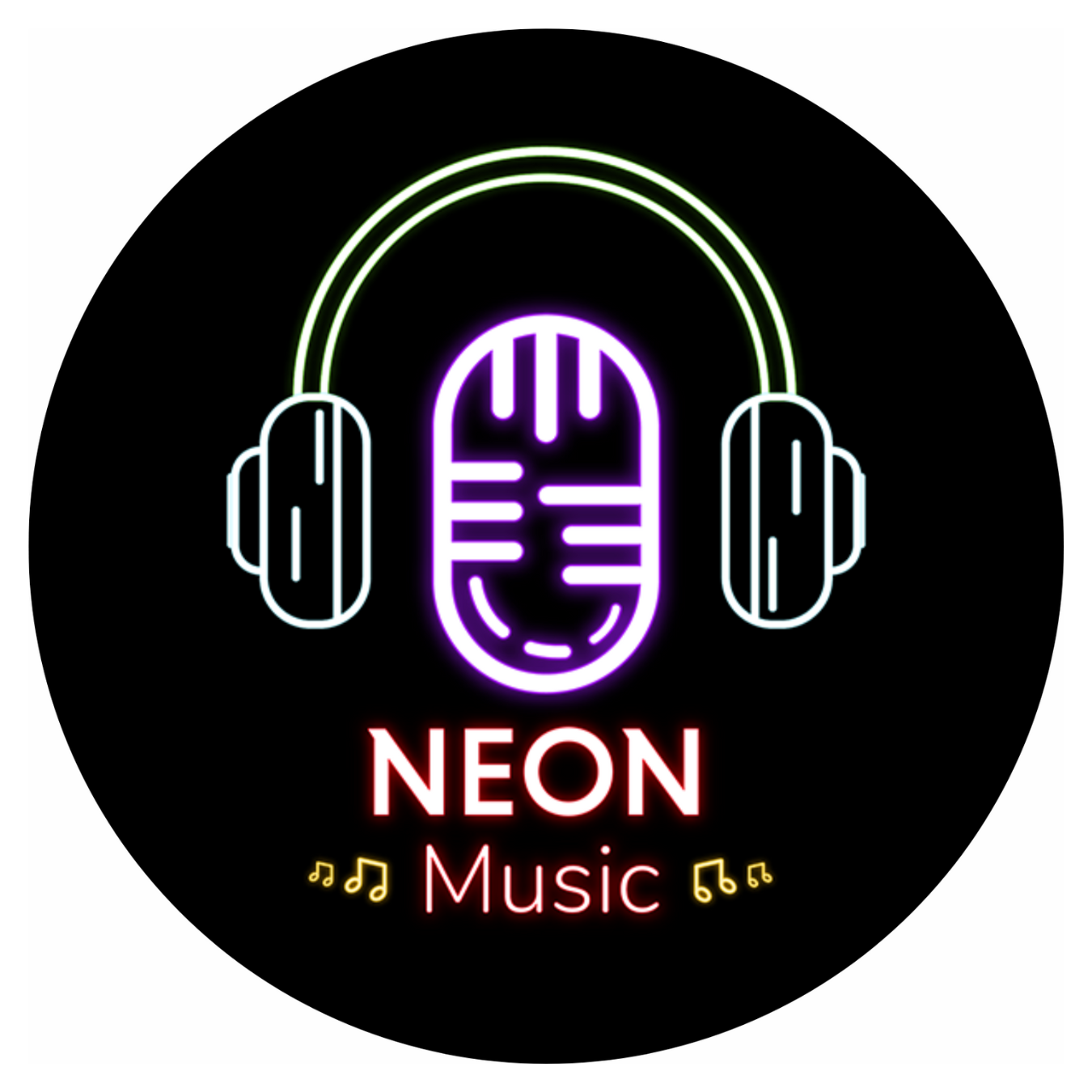Sleep apnea, a widespread sleep disorder, disrupts the lives of many with its hallmark episodes of breathing cessation during sleep. These interruptions not only fragment sleep but can lead to significant health risks if left untreated.
Unveiling the Culprit: What Causes Sleep Apnea?
The roots of sleep apnea can be varied, intertwining anatomical peculiarities, lifestyle factors, and underlying health conditions:
- Anatomy: Certain physical traits, such as a narrow airway, enlarged tonsils, or a recessed jaw, can predispose individuals to sleep apnea.
- Weight: Excess body weight can exacerbate the risk by contributing to airway constriction.
- Medical Conditions: Issues like allergies or nasal polyps can further obstruct breathing passages.
- Family History: Genetics play a role, with a family history of sleep apnea increasing one’s risk.
The Silent Strangler: Symptoms of Sleep Apnea

Sleep apnea often lurks undetected, with sufferers unaware of their disrupted breathing patterns. Key symptoms include:
- Excessive Daytime Sleepiness: A profound tiredness and an irresistible urge to nap during the day.
- Loud Snoring: Often punctuated by gasping or choking sounds, indicative of a struggle to breathe.
- Morning Headaches: A result of reduced nighttime oxygen levels.
- Mood Changes: Irritability and depression can stem from poor sleep quality.
Beyond Snoring: Unveiling the Different Types of Sleep Apnea
Sleep apnea manifests in three primary forms:
- Obstructive Sleep Apnea (OSA): Caused by physical blockage of the airway, it’s the most common type.
- Central Sleep Apnea (CSA): Results from the brain’s failure to signal the muscles controlling breathing.
- Mixed Sleep Apnea: A combination of OSA and CSA, embodying characteristics of both.
Battling Back: Treatment Options for Sleep Apnea
The fight against sleep apnea includes a variety of treatment methods, each tailored to the individual’s specific condition:
- CPAP Machines: These devices supply a steady stream of air to keep the airway open during sleep.
- Mandibular Advancement Devices: Custom-fitted oral appliances that help to maintain an open airway by repositioning the jaw.
- Lifestyle Modifications: Simple changes, such as weight management and avoiding alcohol before bedtime, can significantly mitigate symptoms.
- Surgical Interventions: In select cases, procedures to remove or adjust airway obstructions may be considered.
A Breath of Fresh Air: Nasal Spray for Sleep Apnea
Emerging treatments like nasal sprays offer a glimpse of hope for a less-invasive solution. These sprays are designed to stimulate the muscles in the airway, helping to keep it open throughout the night. Preliminary trials have shown promising results, indicating a potential future alternative for those who struggle with traditional devices like CPAP machines.
Beyond Treatment: Embracing a Healthy Sleep
Proper sleep hygiene can complement medical treatments for sleep apnea, enhancing overall sleep quality:
- Consistent Sleep Schedule: Regularising bedtime and wake-up times aids in setting your body’s internal clock.
- Bedtime Routine: Activities like reading or taking a warm bath can signal your body it’s time to wind down.
- Optimised Sleep Environment: A cool, dark, and quiet bedroom can significantly improve sleep quality.
- Regular Exercise: Physical activity promotes better sleep but should be timed to avoid stimulating the body close to bedtime.
By understanding the intricacies of sleep apnea, recognising its symptoms, and exploring both traditional and innovative treatments, individuals can make informed decisions about their sleep health. It’s essential to consult with healthcare professionals to determine the most effective treatment plan tailored to one’s specific needs, paving the way for restorative sleep and enhanced well-being.
You might also like:


